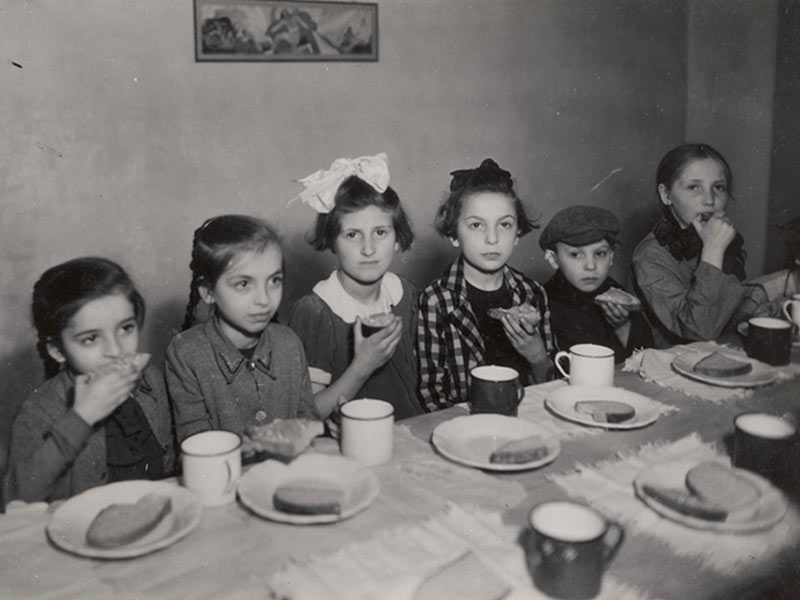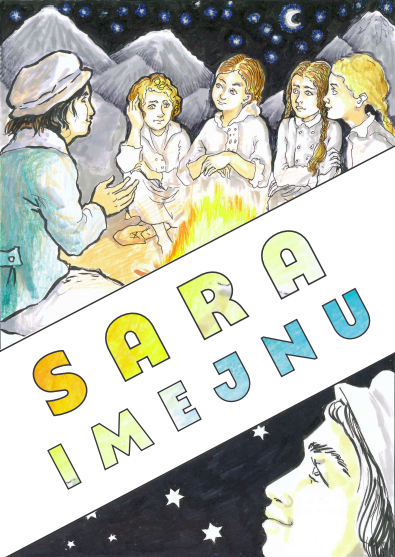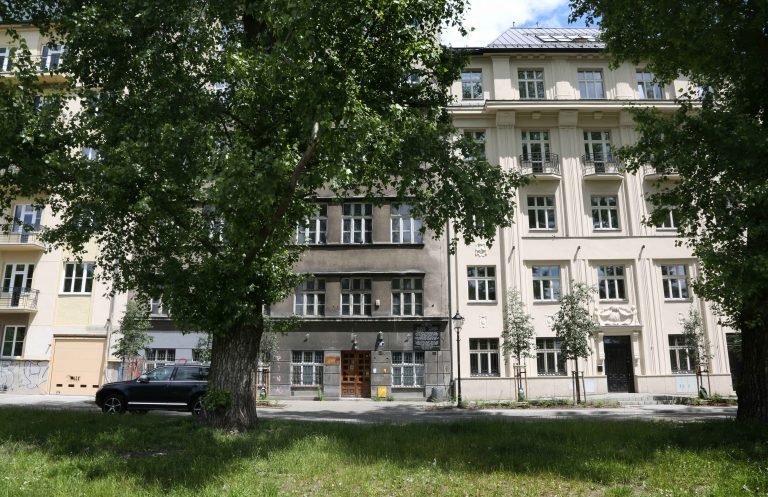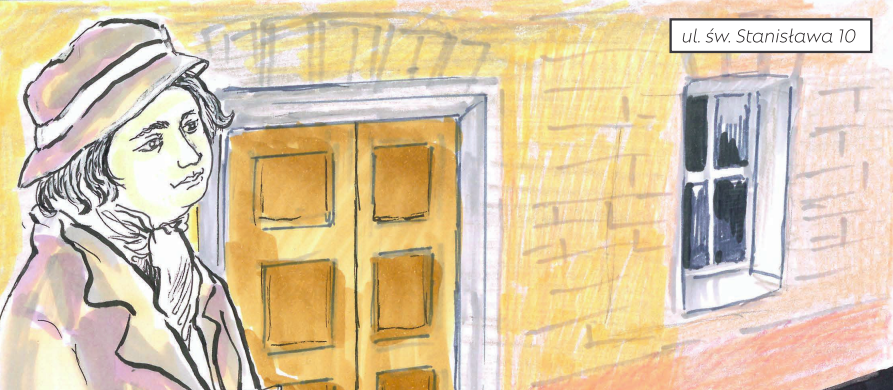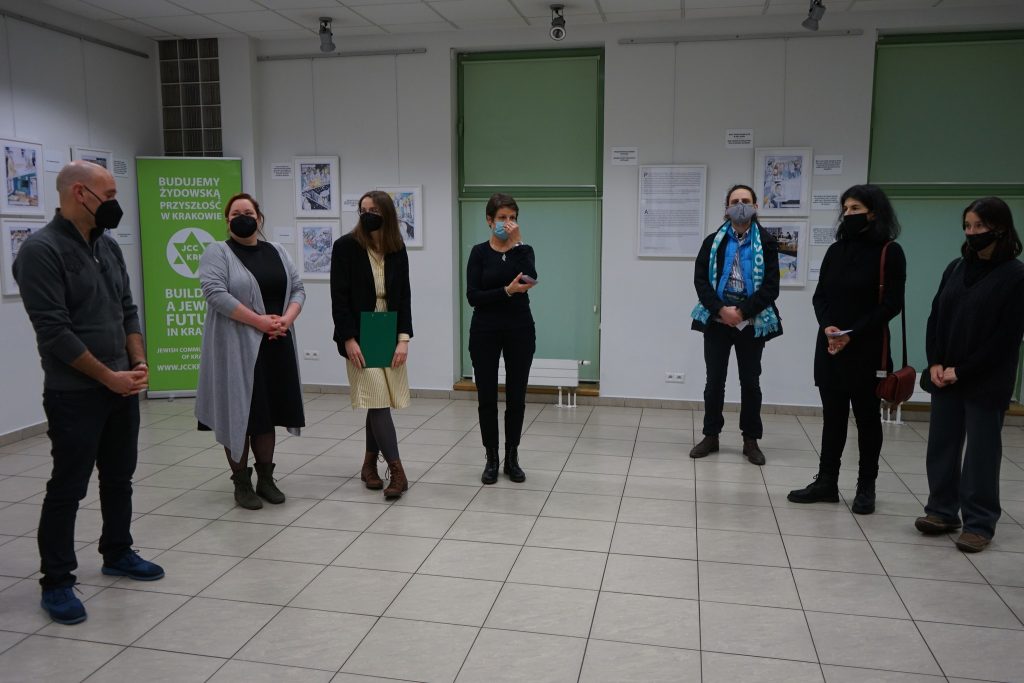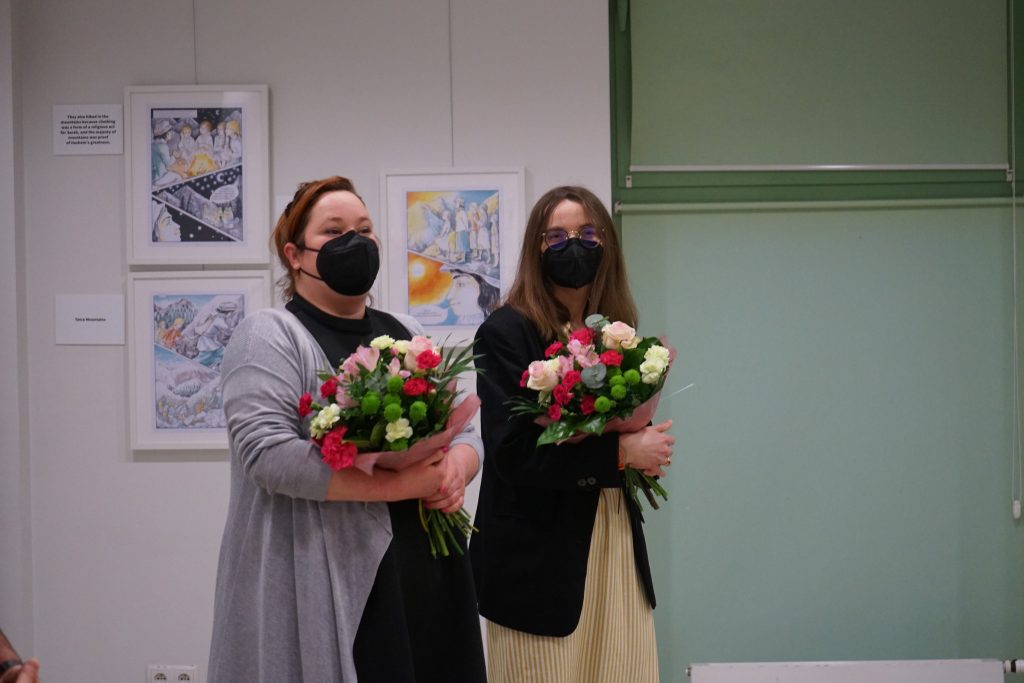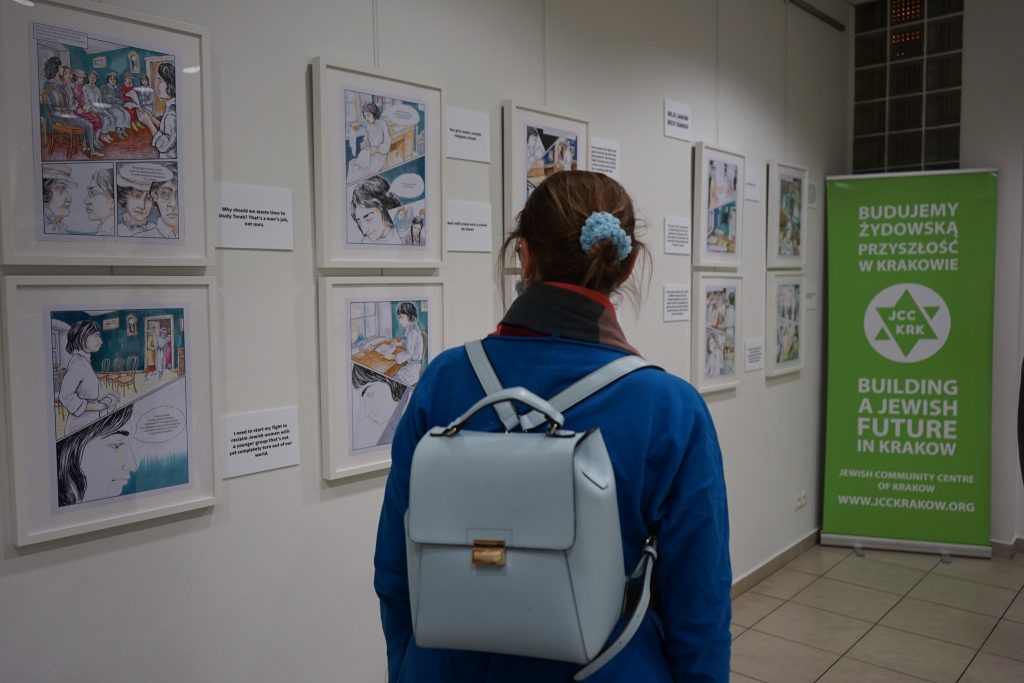With the outbreak of World War II on September 1, 1939, formal operations abruptly ceased in the Bais Yaakov school network in Poland. The schools, still closed for the summer holiday, did not reopen for the new school year. But Bais Yaakov did not thereby cease operations. Determined administrators, teachers, and students worked to keep Bais Yaakov alive, whether underground or in the open, throughout the Nazi occupation.
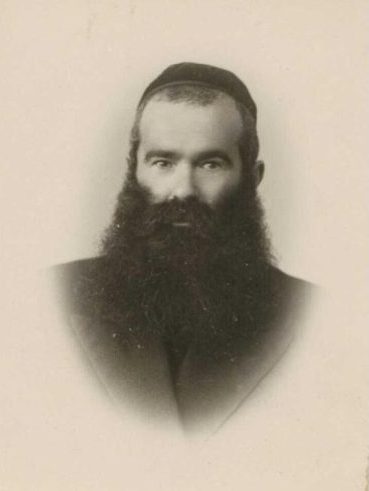
Some of this story may be gleaned from Hillel Seidman’s brief biography in Ishim Shekarti (Personalities I Knew) of Yehuda Leib Orlean, who was serving as the director of the Bais Yaakov Seminary when the war broke out. In the first months after the outbreak of war, Orlean continued to work underground, corresponding with Bais Yaakov teachers throughout Occupied Poland alongside such colleagues as Asher Shapiro, Chana Landsberg, and others. In 1940, after a severe beating by German soldiers, he fled with his family to Warsaw, reestablishing ties with Bais Yaakov students and teachers in that city and given popular classes to such seminarians as Guta Eizenzweig (Sternbuch) and Rivka Alter, the Gerer Rebbe’s daughter, whom he had taught in the Krakow Seminary (Guta Sternbuch writes in her memoir of the powerful impression Orlean had made on her, leading her to embrace an Orthodoxy she was on the verge of abandoning). In April 1941, Adam Czernikow finally acquired permission to reestablish formal Jewish education and Bais Yaakov began to operate in the open. Orlean, Eliezer Gershon Friedenson, Alexander Zysha Friedman, Avram Mordechai Rogovy, and Yoel Unger reestablished the system in the city with five schools, two directed by Orlean, another by Friedenson at Nalewki 37, a fourth at Chłodna 17 by Rivka Alter (Chłodna was the street that divided the ghetto into two) , and a fifth by a female teacher whose name is recorded only as Ravitz. These schools were funded by the Judenrat, the Joint Distribution Committee, and the Self-Help Organization. With the mass deportations of July 1942 these schools closed. Orlean managed to evade deportation to Treblinka by acquiring a Paraguayan passport. But when Paraguay refused to recognize these passports, he was taken to Birkenau on Simhat Torah 1943, where he perished.
Evidence of this activity also survives in publications of the period. On September 20, 1940, Gazeta Żydowska (the Jewish Gazette) published a short article about community efforts to feed and educate children in Warsaw. In eighteen Jewish schools that had been shut down, which included a few Bais Yaakov schools and seminaries, community kitchens opened, operated by teaching staff—and probably staffed with former students. These kitchens fed approximately 12,000 children from Warsaw’s Jewish community. Not only did children find some meager nourishment at these locales, but parents were also assured that teaching staff would look after their sons and daughters, who were provided with child care and (first in clandestine manner and then openly) an education. Representatives of Bais Yaakov were also integral to the establishment of the Alimentary Commission, the committee that supervised and operated these community kitchens for children. In all likelihood, Bais Yaakov teachers and students continued to focus on supporting and caring for young women and girls, ensuring they received not only food in trying times but also a sense of solidarity and belonging. The closure of its schools, camps, and seminaries thus did not halt the Bais Yaakov movement; former organizers, teachers, and students showed that the movement was more than just a school; it was a living collective of “sisters” that continued to grow and contribute to its communities.
When Jewish Councils and Municipalities pushed to reestablish schools in 1940, Bais Yaakov administrators and teachers were at the forefront of these organizational efforts. Members of Jewish Councils in Warsaw, Krakow, Radom, and other cities voiced the need for skilled tradespeople; demand for practical trades was obvious with the destruction in the wake of the 1939 invasion, though the occupying government was undoubtedly more motivated by the need for a skilled labour force to be exploited in factories, farms, and work camps. Bais Yaakov representatives, along with former educators from Tarbut, Shul-Kult, and Jawne, made direct appeals to the General Government in Warsaw to rebuild a school system for Jewish children. In contrast to the push for skilled trades training, the proposed school system would educate students in the cultural-religious spirit of Judaism. The languages of instruction would be Yiddish and Hebrew. This committee’s direct address to the Nazi General Government signals the Jewish community’s strength and boldness even in the wake of occupation, and its urgent desire to cultivate the next generation through an education rooted in tradition that was also revolutionary in its defiance.
Despite the insurmountable barriers and inhumane treatment the Jewish communities faced, the Bais Yaakov spirit persevered. Much like their founder, Bais Yaakov teachers and students went up against impossible odds to conserve and advance women’s education and status in society—even during wartime. In late September of 1940, just over a year after the Bais Yaakov seminary closed its doors, the Jewish Municipality of Krakow established a school system for children. One of the locales of the new school system was 10 Stanisława Street, which had hosted aspiring teachers throughout the interwar period. The reopening of the Bais Yaakov seminary’s doors the year following the Nazi invasion of Poland is a testament to the strength of the movement’s spirit. 10 Stanisława Street’s classrooms and hall may now have been filled with different teachers and students, but they surely knew the history of the building they were occupying. Bais Yaakov was officially dissolved at the very outset of World War II, but in these and other ways, the movement’s foundations in revolutionary activism and fearless defiance continued.

